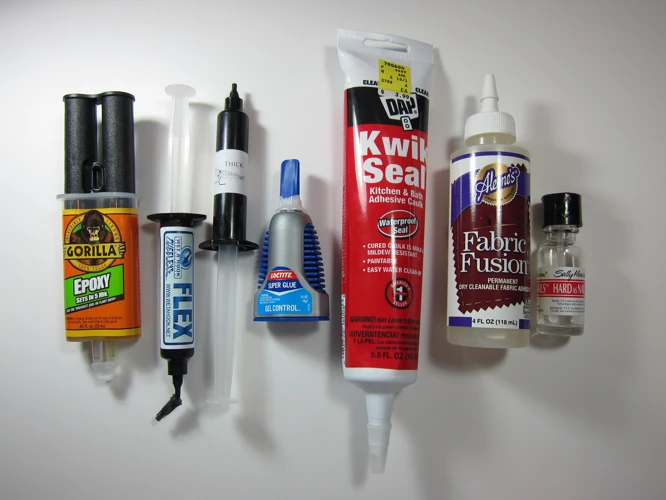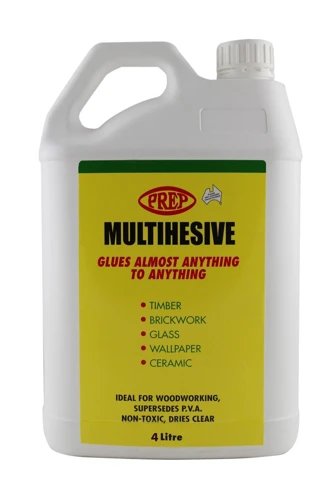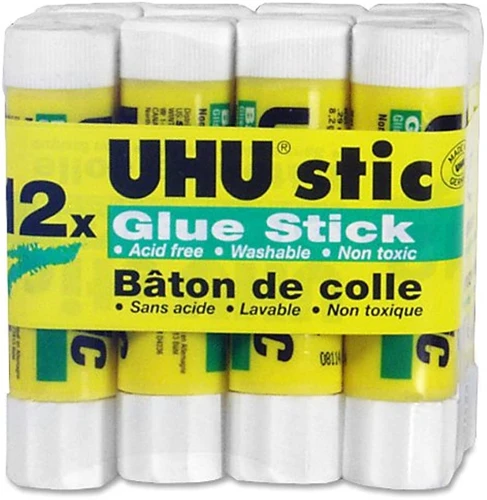Creating a fusion between the natural elegance of stone and the warmth of wood can lead to stunning visual effects in crafts and home decor. However, this process hinges on a key component: the ability to effectively glue stone to wood. The success of such projects depends on understanding the intricacies of stone to wood adhesive and its correct application.
Understanding Stone to Wood Adhesive
Adhesives designed for bonding stone to wood are formulated to address the distinct characteristics of both materials. The stone is dense and non-porous, while wood is porous and can expand or contract with moisture changes. This requires a stone to wood adhesive that can accommodate such differences without losing its grip.
The Importance of Bonding Stone to Wood
Whether for artistic purposes or practical applications, securing stone to wood can bring durability and beauty to a piece. The importance of a strong bond can’t be overstated, as it ensures the longevity and stability of the combined materials in furniture, decorations, or even structural elements.
Preparing the Surfaces
Before any adhesive is applied, preparing both the stone and wood surfaces is critical for a reliable bond.
Cleaning and Smoothing the Wood
To start, the wood surface should be free of any debris, dust, or oils. Sanding the area lightly will not only clean it but also create a slightly rough texture that enhances the grip of the adhesive.
Preparing the Stone for Gluing
Similar to wood, the stone surface must be clean and dry. If the stone has a glossy finish, roughening it up with a bit of sanding can improve the adhesive’s ability to hold.
Choosing the Best Glue for Stone to Wood
Picking the right adhesive is pivotal in ensuring that the materials stay bonded over time.
Types of Stone Wood Glue
- Epoxy Resins: Known for their strength and durability, they are often recommended for stone to wood applications.
- Polyurethane Glues: These offer flexibility and are waterproof, making them suitable for outdoor projects.
- Silicone Adhesives: With their ability to bond dissimilar materials and resist temperature changes, they can be a viable option.
Comparing Stone to Wood Adhesives
When comparing adhesives, consider factors such as curing time, strength, and resistance to environmental factors. Epoxies, for instance, typically offer the strongest bond but may require longer curing times compared to other adhesives.
DIY Stone Wood Bonding Techniques
With the right techniques, DIY stone wood bonding can be a satisfying and successful endeavor.
Step-by-Step Guide to Glue Stone to Wood
- Clean both surfaces thoroughly.
- Apply the adhesive evenly to the stone or wood surface.
- Press the stone onto the wood firmly to ensure good contact.
- Wipe away any excess glue that seeps out from the edges.
- Clamp the stone and wood together, if possible, while the glue cures.
Tips for Secure Stone to Wood Bonding
For an extra secure bond, ensure that the room temperature is conducive to curing, and avoid moving the project until the adhesive has fully set. Additionally, applying the adhesive to both surfaces can sometimes create a stronger bond.
Stone to Wood Glue Guide
Adhering stone to wood can be straightforward with a comprehensive guide.
How to Attach Stone to Wood
Use a generous amount of adhesive, spreading it to cover the entire bonding surface. Contact between the entire stone surface and the wood will prevent weak spots in the bond.
Ensuring a Strong Bond
A strong bond depends on proper preparation and choosing the right glue. Testing the bond strength on a small, inconspicuous area before proceeding with the full project is always a good practice.
Attaching Rock to Wood
Attaching larger rocks to wood can present additional challenges due to the weight and potential for uneven surfaces.
Special Considerations for Heavier Stones
For heavier stones, support the stone’s weight until the adhesive cures completely. Using temporary mechanical fasteners can help maintain the position of the stone.
Alternative Methods for Larger Rocks
For larger rocks, combining adhesives with mechanical fasteners like dowels or screws can provide extra security. Ensuring the fasteners are compatible with both stone and wood is essential.
Finishing Touches and Curing Time
The final steps in gluing stone to wood involve protecting the bond during curing and finishing the project to enhance its appearance.
Protecting the Bond During Curing
Keep the newly bonded materials in a stable environment free from moisture and temperature fluctuations. Use protective barriers if necessary to shield the bond from dust and debris.
Finishing the Project for Aesthetic Appeal
Once the adhesive has cured, you can apply sealants or finishes to both the wood and stone to protect the materials and improve the appearance of your project.
Maintenance and Care for Stone Wood Bonds
Proper maintenance ensures the longevity of the bond between stone and wood.
Long-Term Care Tips
Avoid exposure to extreme temperatures and moisture, and periodically inspect the bond to catch any signs of wear or weakness early on.
Repairing the Bond if Necessary
If the bond does break down over time, clean the surfaces again and reapply the adhesive following the original steps for best results.
Conclusion
Following the correct stone wood glue techniques ensures a lasting and visually appealing bond between these two natural materials.
Recap of Stone to Wood Glue Techniques
From surface preparation to choosing the best glue for stone to wood, each step is vital to the integrity of the final product. DIY stone wood bonding can be a rewarding process when executed with care and precision.
When it comes to crafting and DIY projects, knowing how to securely bond different materials is essential. If you’re looking to combine the natural elegance of stone with the classic look of wood, our article on how to glue stone to wood provides a step-by-step guide for a strong and lasting hold. For other adhesive challenges, you might also be interested in our tutorials on how to glue clay to wood and how to glue wood to brick. And if you’re working with stone-on-stone applications, our piece on how to glue stone to stone will be just what you need to ensure your project’s success.
Further Resources and Guides
For those seeking more detailed guidance, numerous resources are available, from how-to videos to forums dedicated to crafting and woodworking. Continual learning will refine your techniques and help tackle even the most challenging stone to wood projects.


